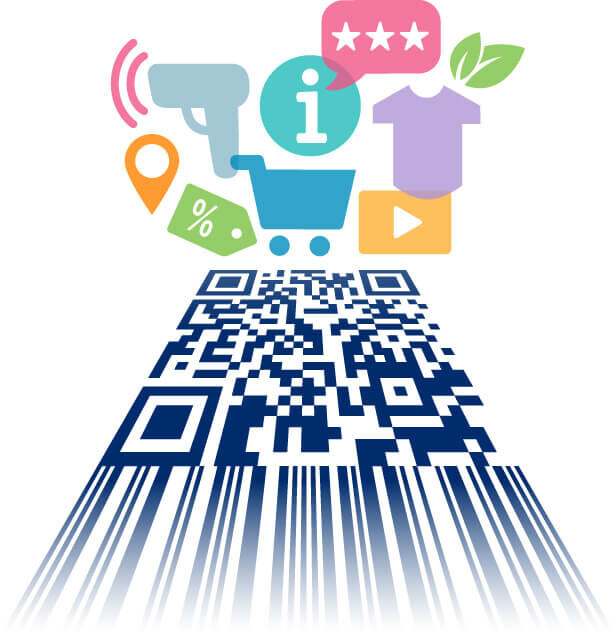GS1 NZ calls for digital labelling guidance – message to the Government’s regulatory review
Digital labelling is very much to the fore in the current Product Labelling Regulatory Review.
Businesses, including GS1 New Zealand, have shared with the Ministry for Regulation they see many possible benefits with digital labelling, and the Product Labelling Regulatory Review is now looking at how the Government can provide direction in this area given international trends and innovative new practices.
Product Labelling Regulatory Review
The regulatory review encompasses all forms of labelling, and more than 30 current laws and codes mandating what and how information is to be displayed on products across a range of sectors. By Christmas, Cabinet Ministers will have received recommendations for aligning New Zealand regulations with international labelling standards, removing barriers to interoperability with global markets, encouraging innovation in information sharing and reducing business compliance costs.
Digital labelling included in the scope of the review
The Ministry for Regulation started the review by engaging widely with businesses and industry organisations (including GS1 New Zealand) to identify issues, opportunities and “regulatory pain points” in New Zealand’s overall labelling system. This engagement has now led to the review terms of reference which highlight digital labelling as one of five core topics. (Others include food and beverage labelling, and labelling barriers to competition among supermarkets.)
Following its engagement process, the Ministry reports: “Regulated parties across a range of sectors raised digital labelling as an area of opportunity, while also retaining the importance of ensuring information is still accessible to all consumers.”
Many businesses made it clear that they want digital innovation, especially with the use of QR codes and 2D barcodes, that provide interoperability with overseas markets, enable easier label changes to be made, and provide more space for information on printed labels and various other benefits.
What are Digital Labels?
Digital Labels or also referred to as next-generation 2D barcodes, such as GS1 QR Codes with Digital Link, are compact, information-rich codes that can carry far more data than their traditional linear barcode predecessors. These next-gen barcodes can include expiry dates, batch numbers, web links, and more - all while remaining scannable at point-of-sale. All this data can be presented to a consumer or a trading partner just via a mere scan by a smartphone or point of sale system.
GS1’s open source, global standards are key for digital labelling
We see GS1’s open source, global standards as being key to unlocking the power of digital labelling for New Zealand businesses and regulators.
When asked about ways to cut labelling compliance costs, responses included: "Adoption of an e-labelling regime would streamline implementation and significantly reduce costs while improving consumers' access to up-to-date information” and “(enable) explicit recognition of GS1 Digital Links, QR Codes and other smart packaging technologies as valid carriers of regulatory information.”
The review terms highlight the importance of international alignment, including consideration of labelling requirements for both imports and exports, and of approaches to labelling that will enhance New Zealand’s compatibly with and access to other markets “while maintaining consumer protection”.
The Ministry reports that the European Union and the US are increasingly accepting QR codes as primary carriers of regulatory information, with the EU also introducing “digital passports” for some products entering that market. ”New Zealand exporters may face challenges if we don't keep up with the technological advancements. Some stakeholders suggested harmonising the approach to digital labels across countries or products … (although) digital labels may not be appropriate for all products or for some requirements.”
In the review’s second stage, the Ministry is investigating more deeply the five topics, including digital labelling, to develop recommendations on regulatory change. The Cabinet is scheduled to make decisions on these next February, with any amending legislation to be introduced thereafter.



